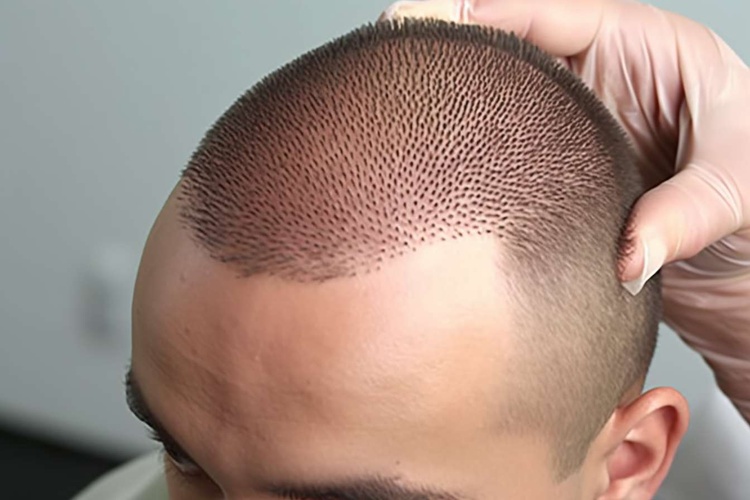Understanding Eyebrow Transplant Cosmetic Surgery Options
Eyebrow restoration is increasingly sought by people who want fuller, natural-looking brows after hair loss from genetics, aging, injury, or medical treatments. This article explains eyebrow transplant techniques, what a cosmetic procedure involves, surgical considerations, recovery expectations, and how to find qualified local services. It aims to demystify options so you can make an informed decision.

This article is for informational purposes only and should not be considered medical advice. Please consult a qualified healthcare professional for personalized guidance and treatment.
What is an eyebrow transplant?
An eyebrow transplant is a hair restoration technique that relocates hair follicles—usually taken from the scalp—to the eyebrow area. The goal is to recreate a natural hairline and brow shape that matches your facial features and desired thickness. Unlike temporary cosmetic fixes such as microblading or makeup, a transplant uses living follicles and can provide long-lasting results, though outcomes depend on technique, surgeon skill, and individual healing.
When is a cosmetic procedure appropriate?
A cosmetic eyebrow procedure may be appropriate when non-surgical solutions (makeup, tinting, topical serums) fail to achieve the desired density or when brows are absent due to scarring, over-plucking, burns, or medical conditions. Candidates typically have stable overall health, realistic expectations, and sufficient donor hair on the scalp. A consultation with a qualified cosmetic surgeon or hair restoration specialist can evaluate hair characteristics, discuss aesthetic goals, and determine whether a transplant or less invasive cosmetic procedure is best.
How does the transplant procedure work?
Transplant procedures commonly use either follicular unit extraction (FUE) or follicular unit transplantation (FUT). In FUE, individual follicles are harvested and implanted into carefully created recipient sites at precise angles to mimic natural eyebrow direction. FUT involves removing a strip of scalp tissue and dissecting follicular units for implantation. The surgeon plans hair placement for shape and density, and local anesthesia is typically used. Sessions are relatively short compared with scalp hair transplants, and many patients notice initial growth in weeks, with maturation over several months.
What does eyebrow surgery recovery involve?
Recovery after an eyebrow transplant is generally straightforward but requires care. Expect mild swelling, redness, and tiny scabs where grafts were placed; these usually resolve in one to two weeks. Transplanted hairs may shed within a few weeks—a normal part of the cycle—followed by gradual regrowth. Avoid strenuous activities, sun exposure, and manipulating the graft area until your provider clears you. Follow-up appointments help monitor healing, manage any discomfort, and assess aesthetic results. Scarring is minimal when performed by experienced clinicians.
Choosing a transplant or cosmetic surgery provider
Selecting the right provider is crucial. Look for certified cosmetic surgeons or hair restoration specialists with specific experience in eyebrow transplants and a portfolio of before-and-after photos. Read patient reviews, verify clinic credentials, and ensure the facility follows appropriate safety and hygiene standards. Consultations should include discussions about realistic outcomes, technique options, anesthesia, expected recovery, and possible risks such as infection or uneven growth. Consider providers that offer personalized planning—brow design should complement facial proportions for the most natural result.
Sometimes online booking systems or third-party appointment APIs experience temporary outages, returning service errors such as timeouts or “Service Unavailable.” If you encounter technical problems while researching or booking a consultation, contact clinics directly by phone or email. Direct communication ensures you can verify availability, ask detailed questions about the cosmetic procedure or surgery, and confirm the provider’s credentials and clinic protocols.
Conclusion
Eyebrow transplant cosmetic surgery can be a reliable option for restoring brow hair when non-surgical measures aren’t sufficient. Understanding the basic differences between transplant techniques, knowing what recovery entails, and choosing an experienced provider are key steps toward a successful outcome. Because results are individualized, thorough consultations and realistic expectations will help align aesthetic goals with medical considerations.






